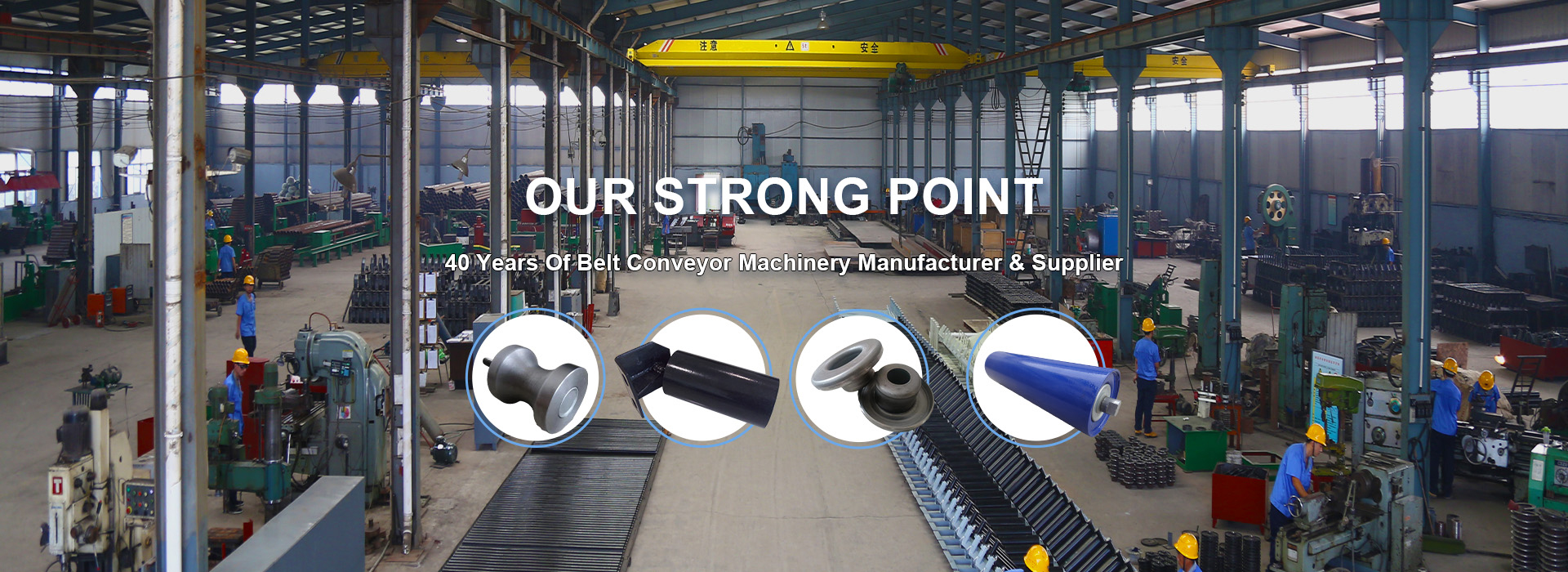 Afrikaans
Afrikaans  Albanian
Albanian  Amharic
Amharic  Arabic
Arabic  Armenian
Armenian  Azerbaijani
Azerbaijani  Basque
Basque  Belarusian
Belarusian  Bengali
Bengali  Bosnian
Bosnian  Bulgarian
Bulgarian  Catalan
Catalan  Cebuano
Cebuano  Corsican
Corsican  Croatian
Croatian  Czech
Czech  Danish
Danish  Dutch
Dutch  English
English  Esperanto
Esperanto  Estonian
Estonian  Finnish
Finnish  French
French  Frisian
Frisian  Galician
Galician  Georgian
Georgian  German
German  Greek
Greek  Gujarati
Gujarati  Haitian Creole
Haitian Creole  hausa
hausa  hawaiian
hawaiian  Hebrew
Hebrew  Hindi
Hindi  Miao
Miao  Hungarian
Hungarian  Icelandic
Icelandic  igbo
igbo  Indonesian
Indonesian  irish
irish  Italian
Italian  Japanese
Japanese  Javanese
Javanese  Kannada
Kannada  kazakh
kazakh  Khmer
Khmer  Rwandese
Rwandese  Korean
Korean  Kurdish
Kurdish  Kyrgyz
Kyrgyz  Lao
Lao  Latin
Latin  Latvian
Latvian  Lithuanian
Lithuanian  Luxembourgish
Luxembourgish  Macedonian
Macedonian  Malgashi
Malgashi  Malay
Malay  Malayalam
Malayalam  Maltese
Maltese  Maori
Maori  Marathi
Marathi  Mongolian
Mongolian  Myanmar
Myanmar  Nepali
Nepali  Norwegian
Norwegian  Norwegian
Norwegian  Occitan
Occitan  Pashto
Pashto  Persian
Persian  Polish
Polish  Portuguese
Portuguese  Punjabi
Punjabi  Romanian
Romanian  Russian
Russian  Samoan
Samoan  Scottish Gaelic
Scottish Gaelic  Serbian
Serbian  Sesotho
Sesotho  Shona
Shona  Sindhi
Sindhi  Sinhala
Sinhala  Slovak
Slovak  Slovenian
Slovenian  Somali
Somali  Spanish
Spanish  Sundanese
Sundanese  Swahili
Swahili  Swedish
Swedish  Tagalog
Tagalog  Tajik
Tajik  Tamil
Tamil  Tatar
Tatar  Telugu
Telugu  Thai
Thai  Turkish
Turkish  Turkmen
Turkmen  Ukrainian
Ukrainian  Urdu
Urdu  Uighur
Uighur  Uzbek
Uzbek  Vietnamese
Vietnamese  Welsh
Welsh  Bantu
Bantu  Yiddish
Yiddish  Yoruba
Yoruba  Zulu
Zulu Understanding the Importance of Snub Rollers in Conveyor Systems for Improved Efficiency
Understanding Conveyor Snub Rollers A Vital Component in Material Handling Systems
Conveyor systems are integral to modern industries, ensuring efficient transportation of materials across various sectors, including manufacturing, mining, and logistics. Among the many components that make up a conveyor system, the snub roller plays a crucial role in enhancing functionality and performance. This article delves into the importance of conveyor snub rollers, their design, and their application in various industries.
What is a Snub Roller?
A snub roller is an essential component of a conveyor system that serves several purposes, primarily associated with the tension and alignment of the conveyor belt. Positioned adjacent to the drive pulley, the snub roller helps to redirect the belt, facilitating proper contact with the pulley. This action increases the friction between the belt and the drive pulley, enhancing the system's overall efficiency by increasing the belt's traction.
The Design and Functionality
Typically made from robust materials such as steel or durable plastics, snub rollers are designed to withstand the wear and tear associated with heavy-duty applications. They come in various sizes and configurations to accommodate different conveyor belt widths and load capacities. The placement of the snub roller is critical; it must be positioned at the right angle to ensure optimal belt tension and alignment.
The functionality of the snub roller extends beyond just enhancing the grip between the belt and the pulley. By adjusting the angle of the snub roller, engineers can fine-tune the tension of the belt, ensuring it operates smoothly without slipping. This adjustment is vital for preventing costly downtime due to belt misalignment or failure.
Importance in Material Handling
conveyor snub roller

In the context of material handling, the role of the snub roller cannot be understated. The efficiency of a conveyor system often determines the productivity of the entire operation. A well-maintained conveyor system with properly functioning snub rollers ensures a continuous flow of materials, reducing bottlenecks and minimizing the likelihood of mechanical failure.
Moreover, snub rollers contribute to the longevity of the conveyor belt itself. By maintaining proper tension and alignment, these rollers help prevent excessive wear on the belt, reducing the frequency of replacements. This cost-saving aspect not only optimizes maintenance budgets but also extends the lifespan of the entire conveyor system, making it a worthwhile investment for businesses.
Applications Across Industries
The versatility of conveyor snub rollers allows for their application across a wide range of industries. In manufacturing, they help facilitate the movement of products along assembly lines, ensuring that each item is precisely positioned for processing. In mining operations, snub rollers are essential for transporting raw materials from extraction points to processing facilities, often over long distances and challenging terrains.
Logistics and warehousing also rely heavily on conveyor systems equipped with snub rollers. These systems transport packages and goods efficiently, crucial for meeting the demands of e-commerce and supply chain operations. By enhancing conveyor performance, snub rollers indirectly contribute to faster order fulfillment and improved customer satisfaction.
Conclusion
Conveyor snub rollers may seem like small components in a vast machinery landscape, but their impact on the efficiency and functionality of conveyor systems is significant. By optimizing belt tension and alignment, these rollers play a critical role in enhancing productivity, reducing operational costs, and extending the lifespan of conveyor belts. As industries continue to evolve and demand more from their material handling systems, the importance of reliable components like snub rollers will only grow. Therefore, understanding and maintaining these components is crucial for anyone involved in the management and optimization of conveyor systems.
-
Revolutionizing Conveyor Reliability with Advanced Rubber Lagging PulleysNewsJul.22,2025
-
Powering Precision and Durability with Expert Manufacturers of Conveyor ComponentsNewsJul.22,2025
-
Optimizing Conveyor Systems with Advanced Conveyor AccessoriesNewsJul.22,2025
-
Maximize Conveyor Efficiency with Quality Conveyor Idler PulleysNewsJul.22,2025
-
Future-Proof Your Conveyor System with High-Performance Polyurethane RollerNewsJul.22,2025
-
Driving Efficiency Forward with Quality Idlers and RollersNewsJul.22,2025





























